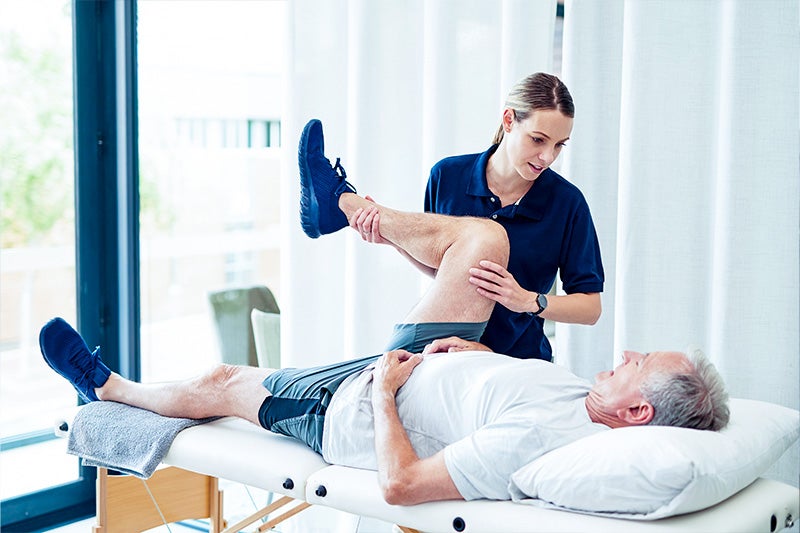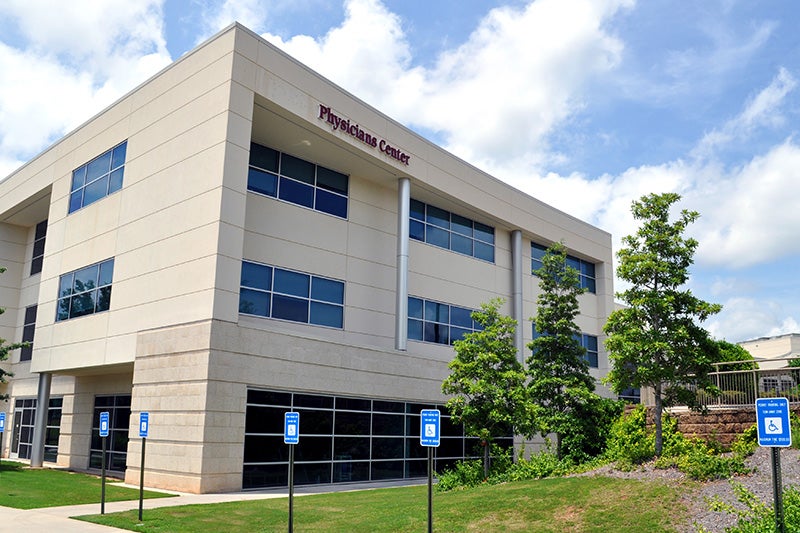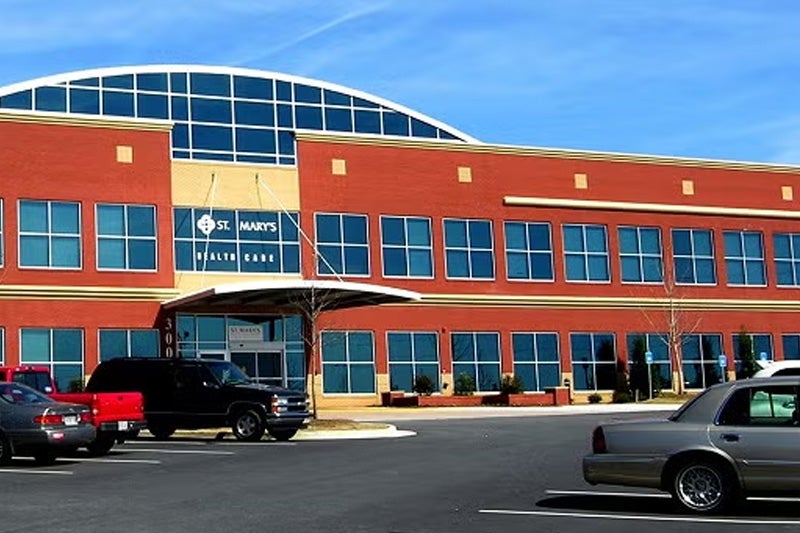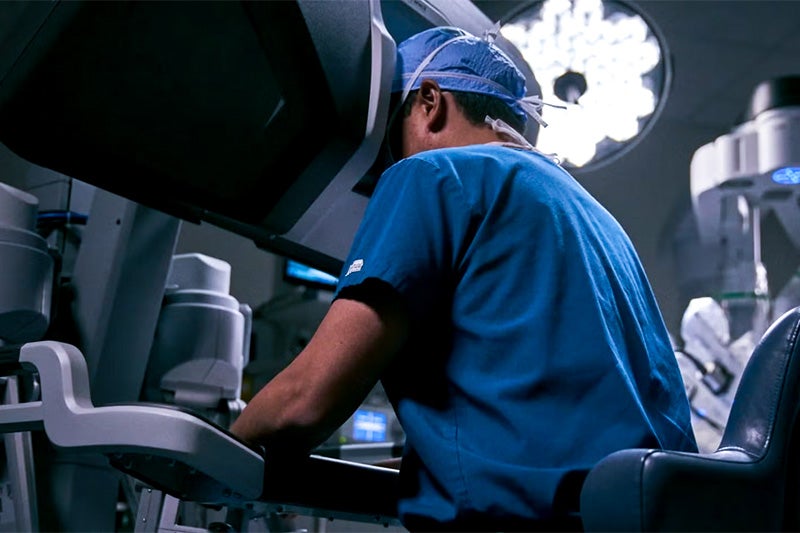What to Know About Robotic-Assisted Knee and Hip Replacements
July 9, 2025Categories: Healthy Living
Tags: Robotic Surgery
Precision Technology. Personalized Recovery.
If joint pain is keeping you from the life you love, you’re not alone. Hip and knee pain from arthritis, injury, or wear and tear affects millions of people-and when pain medications, injections, or physical therapy no longer help, joint replacement may be the next step.
At St. Mary’s Health Care System, we offer robotic-assisted knee and hip replacement surgery cutting-edge option designed to deliver greater precision, faster recovery, and better long-term outcomes.
Let’s break down what that means for you.

What Is Robotic-Assisted Joint Replacement?
Robotic-assisted surgery is a minimally invasive technique where your surgeon uses advanced robotic technology to enhance precision and customization during joint replacement procedures.
Here’s what it’s not:
- It’s not a robot performing surgery on its own.
- It’s not experimental or new; it’s been FDA-approved and widely used for over a decade.
Your surgeon is in full control the entire time. The robotic system simply provides an incredibly detailed, 3D view of your joint and allows for precise planning and placement of your new implant.
When to Consider Hip or Knee Replacement
You may be a candidate for joint replacement if:
- You have chronic pain that limits walking, climbing stairs, or sleeping.
- Your joint pain interferes with work, hobbies, or self-care.
- Physical therapy and medications haven’t helped.
- Imaging shows significant joint damage from arthritis or injury.
Your provider will guide you through testing and imaging to determine whether a total or partial replacement is the right solution.
Why Consider Robotic Surgery for Hip or Knee Replacement?
Compared to traditional joint replacement, robotic-assisted procedures offer several advantages for many patients:
What Recovery Looks Like
Recovery after robotic-assisted joint replacement can be faster and more comfortable than traditional methods—but it still takes time and teamwork.
Most patients:
Walk the same day as surgery or the next morning
- Go home within 1–2 days
- Begin physical therapy immediately
- Return to normal activities in 6–12 weeks (sometimes sooner!)
Our inpatient and outpatient rehabilitation services and expert physical therapists are here to support your healing every step of the way.


Talk to Your Primary Care Provider About Robotic Surgery
If joint pain is impacting your life, start with your primary care provider. They’ll help assess your condition and connect you with orthopedic and surgical specialists.
St. Mary’s offers compassionate, connected care with primary care clinics throughout our region:
- Athens Internal Medicine Associates – Athens
- Community Internal Medicine of Athens – Athens
- Georgia Family Medicine – Watkinsville
- Good Samaritan Primary Care – Greater Greene County area
- Sacred Heart Primary Care – Greater Franklin County area
- St. Mary's Family Medicine – Bogart
- St. Mary’s Internal Medicine Associates – Watkinsville/Oconee
- St. Mary’s Internal Medicine Associates on Chase – North Athens/Jackson/Madison
- St. Mary's Primary Care – Athens
Regain Your Freedom with Precision Surgery and Personal Support
You deserve a life that’s not limited by joint pain. With robotic-assisted joint replacement at St. Mary’s, you can move forward with confidence, supported by expert care, advanced technology, and a team that sees you as more than a patient.

Explore Robotic-Assisted Surgery
View Locations
Start The Conversation
View Locations



